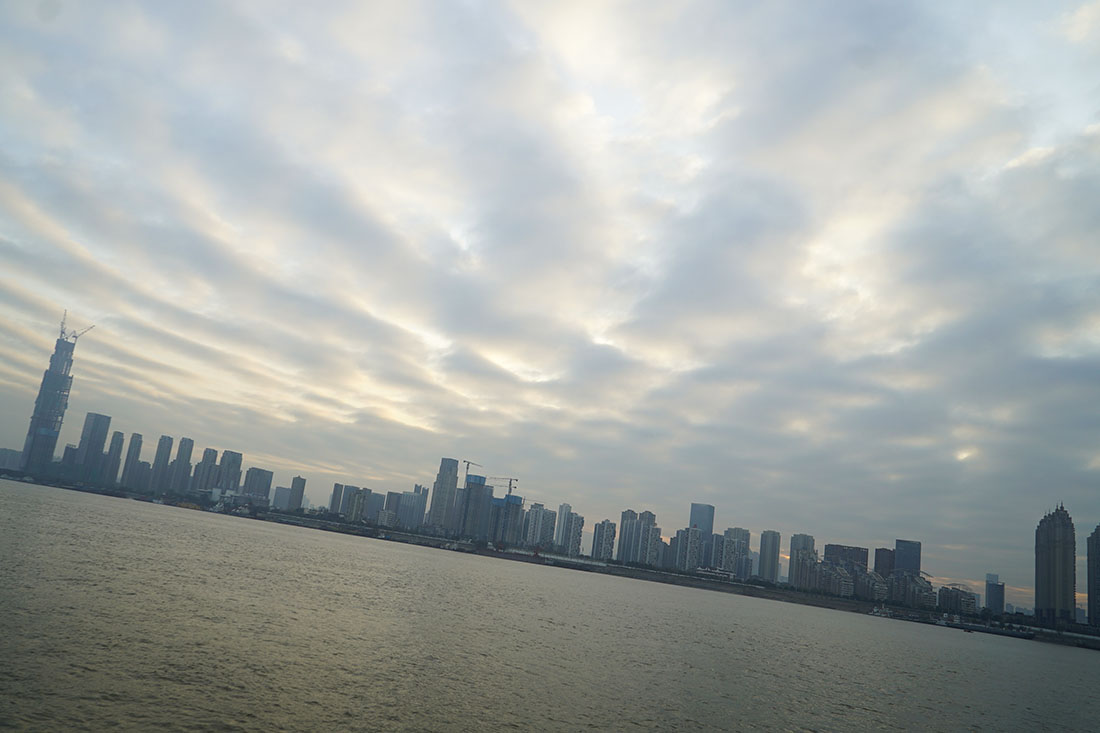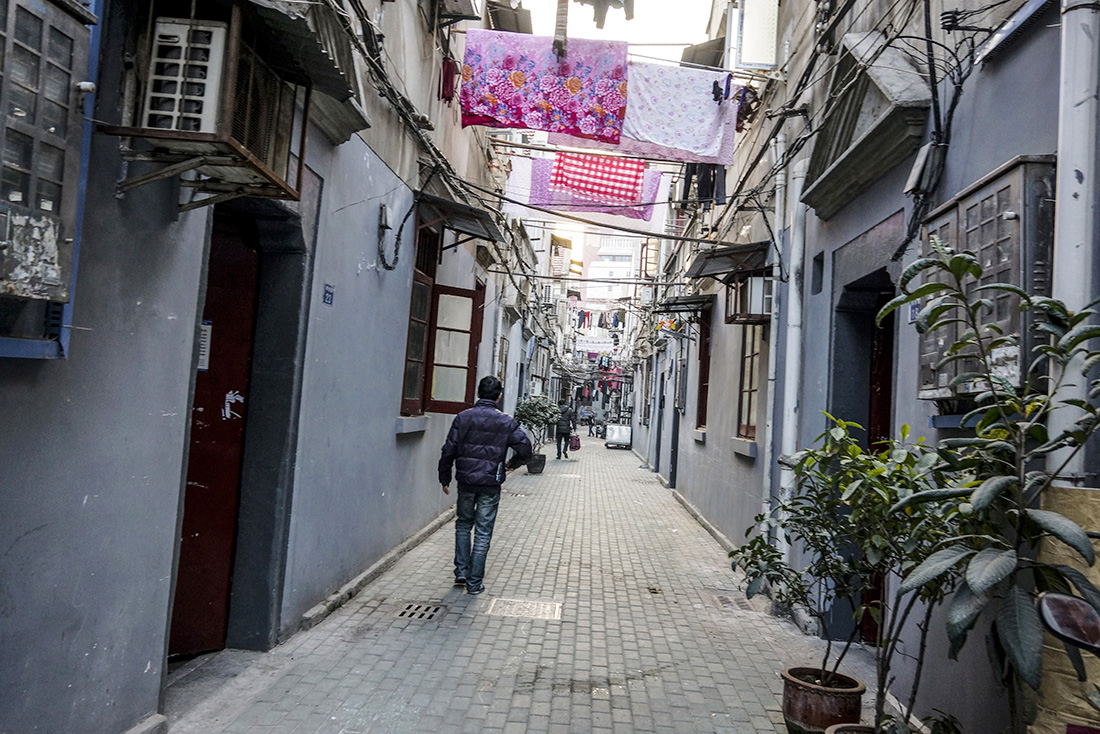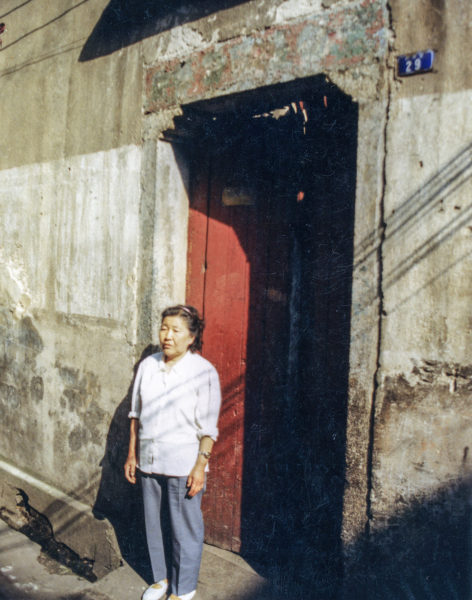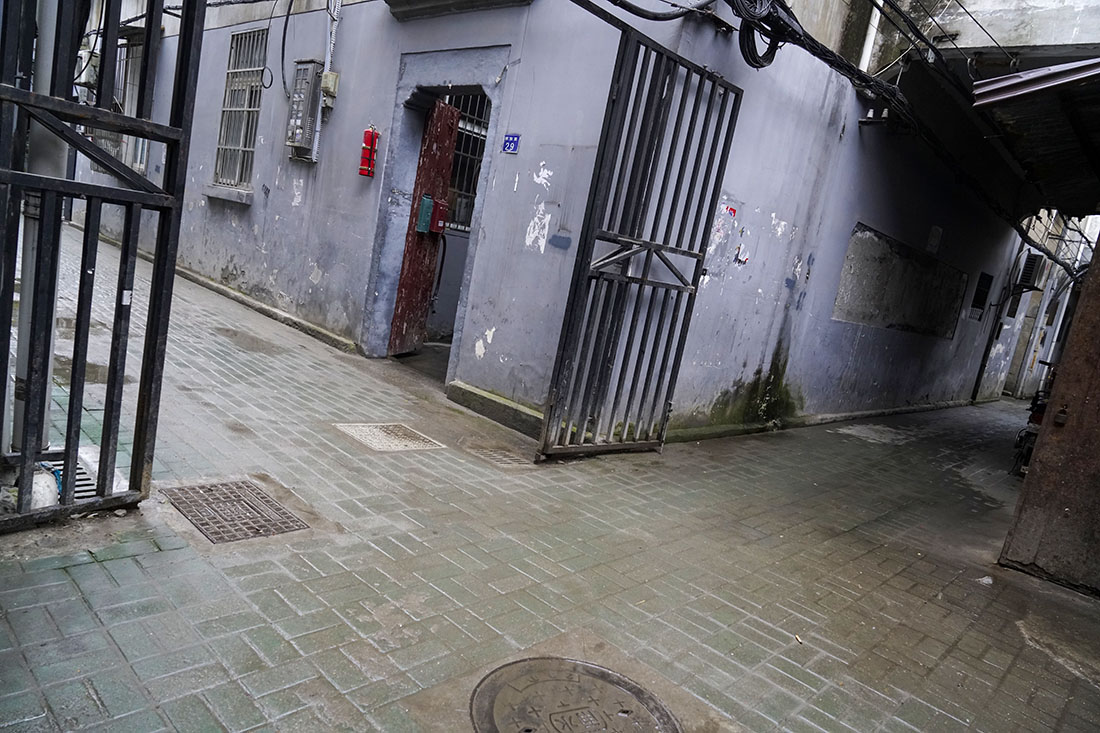Wuhan comfort station, a bridgehead for inland advance

The Japanese military headed for the three Wuhan cities (Hankow, Hanyang, Wuchang) after occupying Xuzhou in May 1938. There was a military command of Jiang Jieshi in Wuhan and it was also four-way transport center. In June, Japanese military launched an attack against Wuhan from three directions, but had a tough war with a persistent counterattack of Chinese military. They finally occupied at the end of October. This war that is called as Wuhan operation in Japan was the largest in scale among the Sino-Japanese War.

The first place Ha Sang-suk went to was Ji Qing Li in Wuhan. The alley was blocked with iron bars to control the entrance and she lived as comfort women with the name of ‘Kimiko’ in ‘Samsungru’ comfort station. When she was given an injection while getting inspection by army surgeon, she was informed that it was a shot that prevent her from having baby. She had to serve up to 15 soldiers.

Hankow Japanese Concession

It was one of 5 Japanese concessions in modern China and 1984 Japanese lived there in 1937. Chinese government retrieved it on the first anniversary of Shanghai Incident in 1938, but the concession was revived as Hankow was captured by Japanese military on October 25 of the same year and it was returned to WangJingwel’s Regime which was pro-Japanese regime on March 30, 1943. Japanese concession was located in a remote area and didn’t prosper greatly due to the limit of economic power of Japanese merchants. Japanese banks and companies were placed in British concession and Japanese concession became the center of smuggling and drug trafficking.
The entire area was turned into ruins by bombing of US Army on December 18, 1944, but several buildings remained. There were some buildings demolished in 2003 including shrine, but currently there are western architectures of # 長春街1-4, former Japanese consulate, Japanese concession official residence (#勝利街272), Eighth Route Army Wuhan private residence (#長春街57) and Hankow 新四軍軍部(#勝利街332-352, place name at that time was #大和街26).
